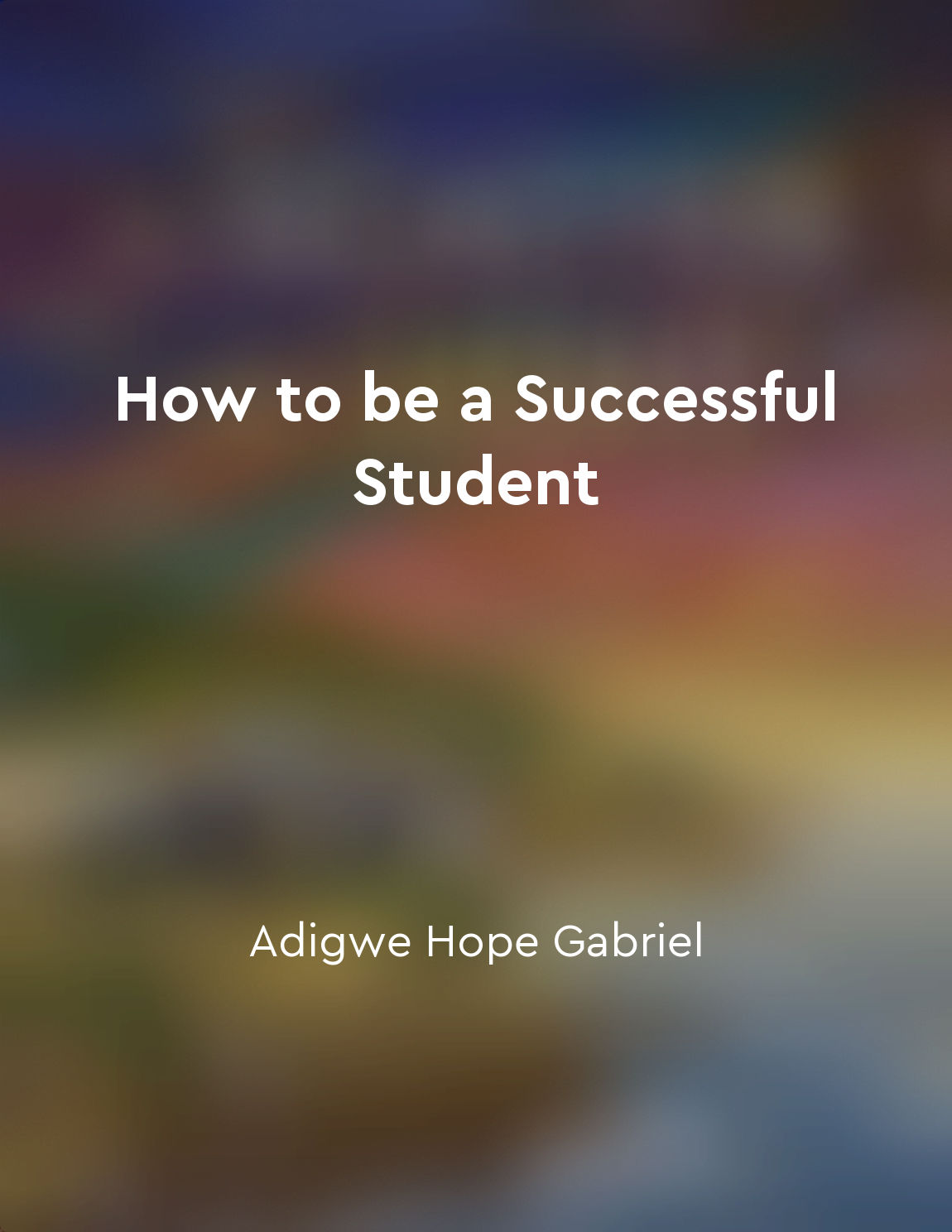Use exhibits to spark conversations from "summary" of The Design of Educational Exhibits by M. B. Alt,D. C. Gosling,Dr R S Miles,R. S. Miles
Exhibits play a vital role in engaging visitors and facilitating learning experiences. They have the power to evoke curiosity, prompt questions, and stimulate discussions. By strategically designing exhibits that are thought-provoking and visually appealing, educators can create an environment where visitors feel compelled to engage with the content and with each other. One effective way to maximize the impact of exhibits is to encourage conversations among visitors. When people interact with exhibits together, they are more likely to exchange ideas, share perspectives, and deepen their understanding of the topic at hand. By incorporating interactive elements and open-ended prompts, educators can prompt visitors to discuss their thoughts, ask questions, and explore different viewpoints. Conversations sparked by exhibits can lead to meaningful learning experiences. When visitors engage in dialogue, they are actively processing information, making connections, and constructing new knowledge. This collaborative sense-making process not only enhances comprehension but also fosters a sense of community among visitors. By facilitating conversations, educators can create a shared learning environment where everyone has the opportunity to contribute and learn from one another. Moreover, conversations that are sparked by exhibits can help visitors develop critical thinking skills. By engaging in discussions, visitors are encouraged to analyze information, evaluate evidence, and consider alternative perspectives. This process of inquiry and reflection can deepen visitors' understanding of complex issues and empower them to think critically about the world around them.- The strategic use of exhibits to spark conversations is a powerful tool for educators seeking to create engaging and impactful learning experiences. By designing exhibits that prompt dialogue, educators can foster collaboration, deepen understanding, and cultivate critical thinking skills among visitors. Through meaningful conversations, exhibits can serve as catalysts for learning and inspiration, inviting visitors to explore, question, and connect with the world in new and meaningful ways.
Similar Posts
Structuring your speech with a clear introduction, body, and conclusion is essential
In order to deliver a compelling speech, it is crucial to organize your thoughts in a coherent manner. This can be achieved by ...

Seeking help when needed is a sign of strength
It is important to understand that asking for help when you need it does not make you weak. In fact, it shows that you are stro...

Use visuals to enhance your message
In order to effectively communicate your message to your audience, it is important to utilize visuals that can enhance and rein...
Foster connections with fellow activists
Building relationships with other activists is not just a nice thing to do; it's a vital part of creating lasting change. When ...
Society values practical knowledge over theoretical wisdom
In the world we inhabit, the prevailing trend is a preference for practical knowledge rather than theoretical wisdom. This incl...
Impact of modernism on art
Modernism had a significant impact on the world of art by challenging traditional norms and conventions. This movement emerged ...
Grammar and syntax checked for accuracy
The concept of ensuring that grammar and syntax are checked for accuracy is crucial in any piece of writing. This process invol...
Creative thinking skills can be developed through various activities
Developing creative thinking skills is a crucial aspect of education. Through various activities, students can enhance their ab...
Education should focus on developing practical skills and realworld applications for knowledge
In an era where information is easily accessible at our fingertips, the traditional model of education that emphasizes memorizi...
Consider the audience when designing the exhibit
When designing an exhibit, it is crucial to keep the audience in mind at all times. The audience is the primary reason for crea...

